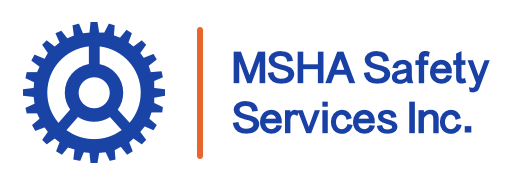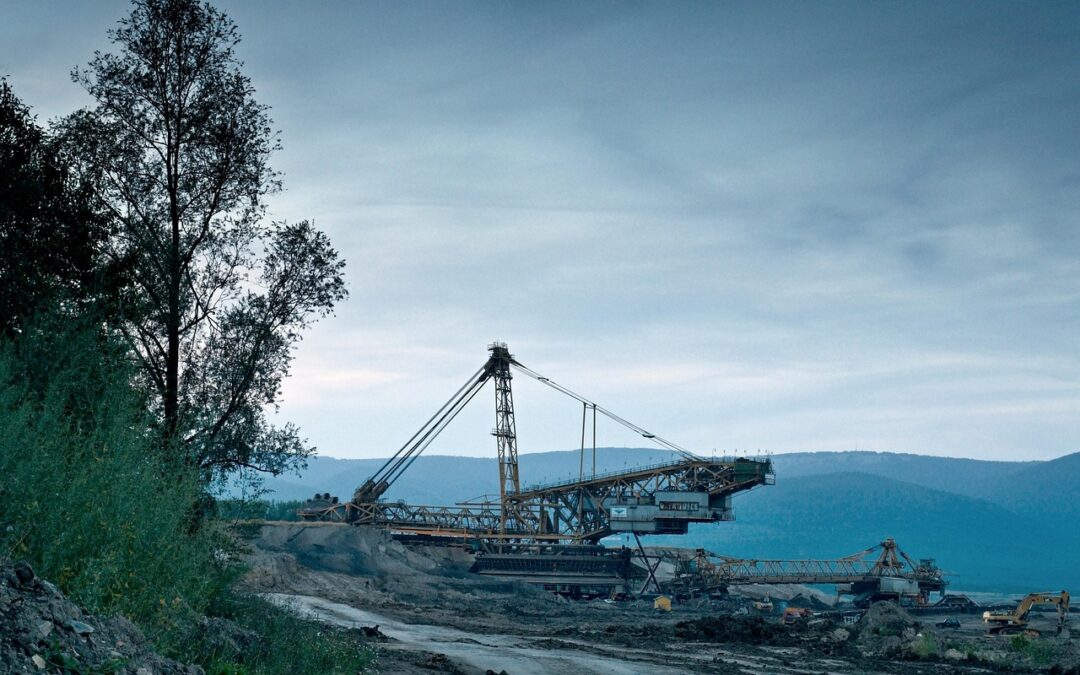Mining operations near or over water present a unique set of challenges and risks. Without proper safety measures in place, the lives of miners and the overall success of mining operations can be jeopardized. This article explores essential proactive safety measures for miners working near or over water, detailing risks, necessary equipment, strategies, and technological advancements to ensure safety and operational efficiency.
Understanding the Risks: Hazards of Working Near Water in Mining Operations
Mining near or over water introduces risks that demand attention. Some common hazards include:
- Drowning or Submersion: Accidental slips or falls into deep water bodies.
- Equipment-Related Incidents: Malfunctions or instability of machinery over aquatic surfaces.
- Hypothermia: Prolonged exposure to cold water in emergency situations.
- Water Contamination: Toxic substances in mining sites can pollute water and pose health risks to workers.
Identifying these risks is the first step toward implementing effective proactive safety measures for miners.
Essential Safety Gear for Miners Working in Aquatic Environments
Proper gear can significantly reduce the risks associated with working near water. Key items include:
- Personal Flotation Devices (PFDs): Ensures buoyancy and aids in self-rescue.
- Waterproof Communication Devices: Facilitates reliable contact in emergencies.
- Thermal Suits: Protect miners from hypothermia in cold water conditions.
- Slip-Resistant Boots: Reduces the likelihood of slipping on wet surfaces.
Investing in high-quality safety gear is a cornerstone of proactive safety measures for miners working near or over water.
Developing a Comprehensive Water Safety Plan for Mining Sites
A well-structured water safety plan is essential to mitigate risks effectively. Key components include:
- Site Risk Assessment: Identify potential water hazards and their severity.
- Safety Protocols: Establish clear guidelines for working near water.
- Designated Emergency Zones: Allocate safe spaces for immediate response in case of accidents.
- Routine Safety Drills: Simulate emergency scenarios to ensure preparedness.
A comprehensive plan not only ensures compliance with regulations but also fosters a culture of safety on mining sites.
Emergency Response Strategies for Water-Related Incidents in Mining
Accidents can happen despite precautions, making a robust emergency response strategy crucial. Recommended steps include:
- Immediate Communication: Alert emergency response teams via waterproof devices.
- Rescue Protocols: Deploy trained responders equipped with rescue equipment like life rings and ropes.
- Medical Response: Provide first aid for injuries or conditions like hypothermia until professional help arrives.
- Post-Incident Review: Analyze the incident to improve future safety measures.
Having these strategies in place ensures swift action during water-related emergencies.
Training and Preparedness: Educating Miners on Water Safety Protocols
Educating miners about water safety is non-negotiable. Key training areas include:
- Risk Recognition: Identifying early warning signs of water hazards.
- Rescue Techniques: Basic swimming skills and using safety equipment.
- Communication Protocols: Ensuring miners know how to call for help effectively.
- Scenario Simulations: Preparing for worst-case scenarios through regular drills.
Training builds confidence and ensures miners are prepared to handle emergencies.
Environmental Considerations: Managing Water Hazards on Mining Sites
Water hazards often stem from environmental factors. Effective management includes:
- Monitoring Water Levels: Regularly measure water depth and flow rates in operational areas.
- Controlling Water Runoff: Prevent hazardous materials from contaminating nearby water bodies.
- Erosion Prevention: Stabilize areas around water to reduce collapse risks.
- Maintaining Equipment: Ensure pumps and drainage systems are functional.
Addressing environmental factors is a vital part of proactive safety measures for miners working near or over water.
The Role of Technology in Monitoring Water Safety for Miners
Technology has transformed safety protocols in mining. Key innovations include:
- Remote Monitoring Systems: Sensors that track water levels and alert supervisors to changes.
- Drones: Inspect inaccessible areas and monitor conditions without putting workers at risk.
- Wearable Tech: Devices that track workers’ locations and issue alerts if they fall into water.
- Real-Time Communication Tools: Ensure seamless coordination during emergencies.
Integrating technology enhances compliance and improves overall safety standards.

Lessons Learned from Water Safety Incidents in Mining
Case studies from past incidents offer valuable insights into improving water safety. Lessons include:
- Prioritize Training: Many accidents occur due to a lack of preparedness.
- Invest in Technology: Advanced monitoring systems could have prevented delayed responses.
- Enforce Regulations: Incidents often highlight gaps in regulatory compliance.
Learning from these events helps refine safety protocols and reduce risks.
Government Regulations and Standards for Water Safety in Mining
Regulations are in place to protect miners and ensure operational safety. Key requirements include:
- Conducting water hazard assessments for all mining sites.
- Equipping workers with mandatory safety gear such as PFDs.
- Regular inspections by regulatory bodies to ensure compliance.
Understanding and adhering to these standards is critical for fostering a safe working environment.
Improving Communication and Coordination for Water-Related Safety
Effective communication and coordination are crucial in water-related incidents. Strategies include:
- Clear Communication Channels: Establish a protocol for reporting and responding to emergencies.
- Team Coordination: Assign roles to ensure efficiency during rescue operations.
- Regular Updates: Keep workers informed about changing water conditions.
Strong communication practices prevent confusion and improve emergency response times.
Strengthening Water Safety to Protect Miners and Enhance Operational Success
Investing in proactive safety measures for miners working near or over water isn’t just about compliance—it’s about protecting lives and fostering a productive work environment. By combining advanced technology, effective training, and strict adherence to regulations, mining companies can ensure the safety of their workers and the success of their operations.

